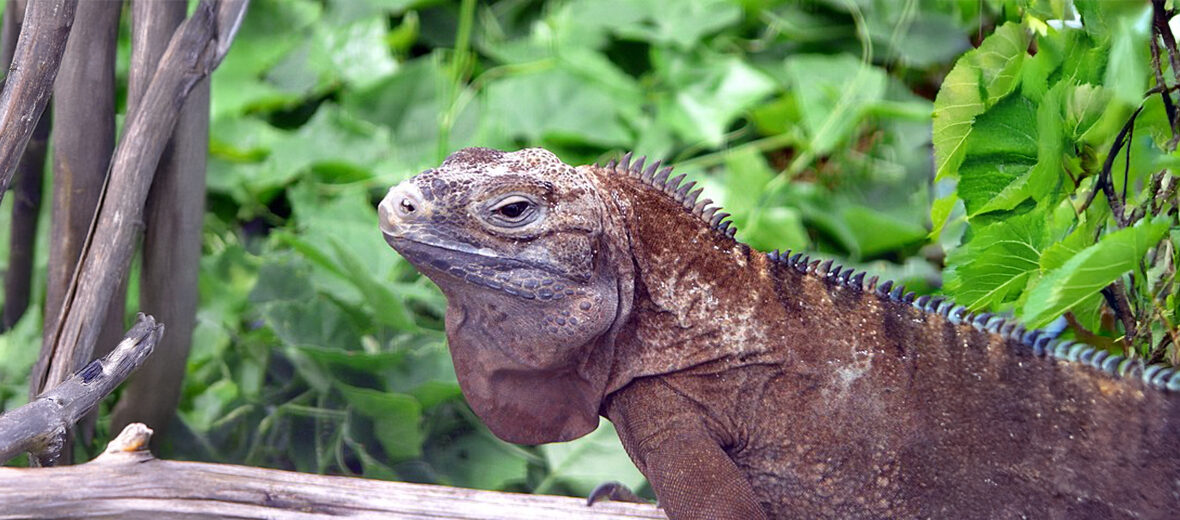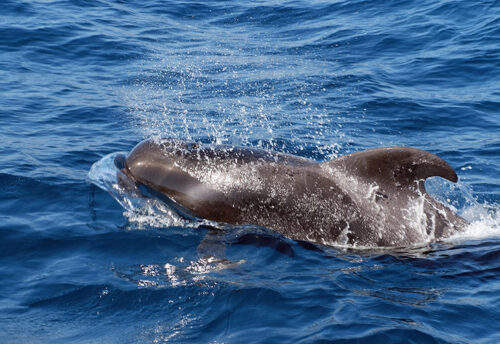
The Jamaican iguana, aka Colley’s iguana or Jamaican rock iguana, hails only from a small southern portion of the island of Jamaica. These iguanas were once found throughout Jamaica and on the offshore islets of Great Goat Island and Little Goat Island, they are now confined to the forests of the Hellshire Hills. They are threatened by habitat loss and destruction at the hands of residential and commercial developments; mining and quarrying; and invasive species, and with them predation. The Jamaican iguana is listed as Critically Endangered and Critically Depleted by the IUCN. However, their population is slowly increasing.
First the Stats…
Scientific name: Cyclura collei
Weight: Up to 4.4 lbs.
Length: Up to 16.9 inches, plus up to a 20 inch tail
Lifespan: Up to 20 years
Now on to the Facts!
1.) There are only an estimated 600- mature individuals remaining, to date.
2.) Between 1948 – 1990 these iguanas were considered extinct.
3.) These iguanas are the 2nd largest land animal in Jamaica, after the Jamaican boa constrictor.
4.) Their diet consists of leaves, flowers and fruits from over 100 different plant species.
5.) On occasions they will also consume insects and snails. But, these critters are likely consumed by accident, while foraging on vegetation.
But wait, there’s more on the Jamaican iguana!
6.) Asian mongooses are their primary predator. Dogs will also sometimes catch and kill these iguanas.
7.) The Headstart facility was proposed as a program to eradicate the feral mongoose.
Did you know…?
The specific name, collei, is in honor of an individual named Colley. John Edward Gray, who initially described this species in 1845, referred to it as “Colley’s Iguana”. Gray never specified who Colley actually was though, and now we’ll likely never know.
8.) Charcoal burners rely on hardwood trees from the Hellshire Hills to make charcoal. As this is the primary refuge for the iguanas, the burners have also been threatening the research teams who protect the iguanas.
9.) Like all iguanas, they possess a parietal eye, which is a 3rd eye, located on the top of their head. This eye only senses light and dark and is not easily recognizable as anything more than a small bump in the middle of their head.
10.) Females lay up to 20 eggs in soil that hatch in up to 87 days.
Now a Short Jamaican Iguana Video!
Be sure to share & comment below! Also, check out the Critter Science YouTube channel. Videos added regularly!
Want to suggest a critter for me to write about? Let me know here.
Some source material acquired from: Wikipedia & IUCN
Photo credit: Simon Tonge




